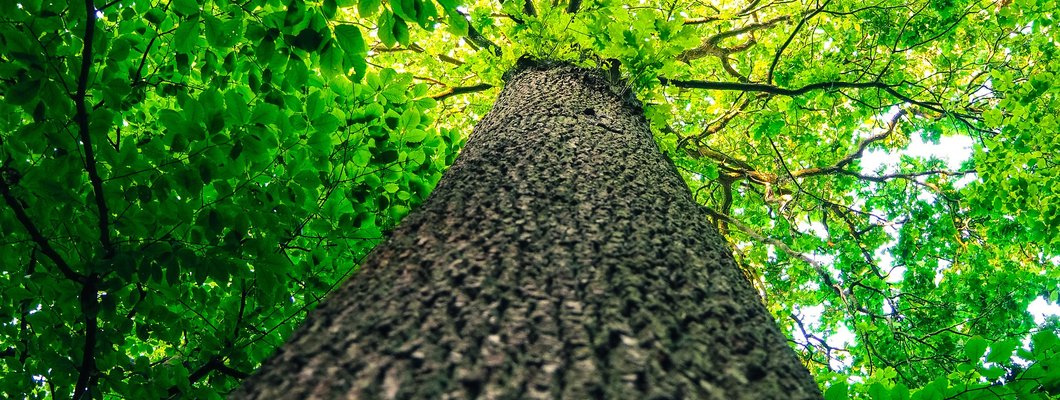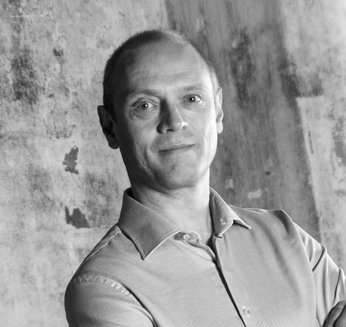
Phytotechnology is a perfect example of what we at Bioclear earth call: “working with the power of nature.” Phytotechnology is a technique, which uses plants and trees to clean contaminated soil, sediment, water, groundwater and air.
Years of research have shown that various plants and trees are capable to break down or immobilize contaminants. They for instance degrade or immobilize toxins or heavy metals in roots, branches or leaves by producing certain enzymes. Degradation also takes places by bacteria, fungi or yeasts, living in the root area of the vegetation.

In the Netherlands phytotechnology is mainly known for the use of helophyte filters as part of systems for individual wastewater treatment. Over the last decades more applications of phytoremediation have been researched, such as:
Whether we can use phytotechnology depends on the contamination situation we are dealing with. Deciding factors are:
When all these conditions are favourable, phytotechnology is an economical, sustainable and also aesthetic attractive alternative to traditional remediation technology. A big advantage in many cases is that the plant material can be harvested and used as raw material or resource for bio-energy.
Do you want to find out more about the possibilities of phytotechnology please contact Maurice Henssen or Freek van den Heuvel.

